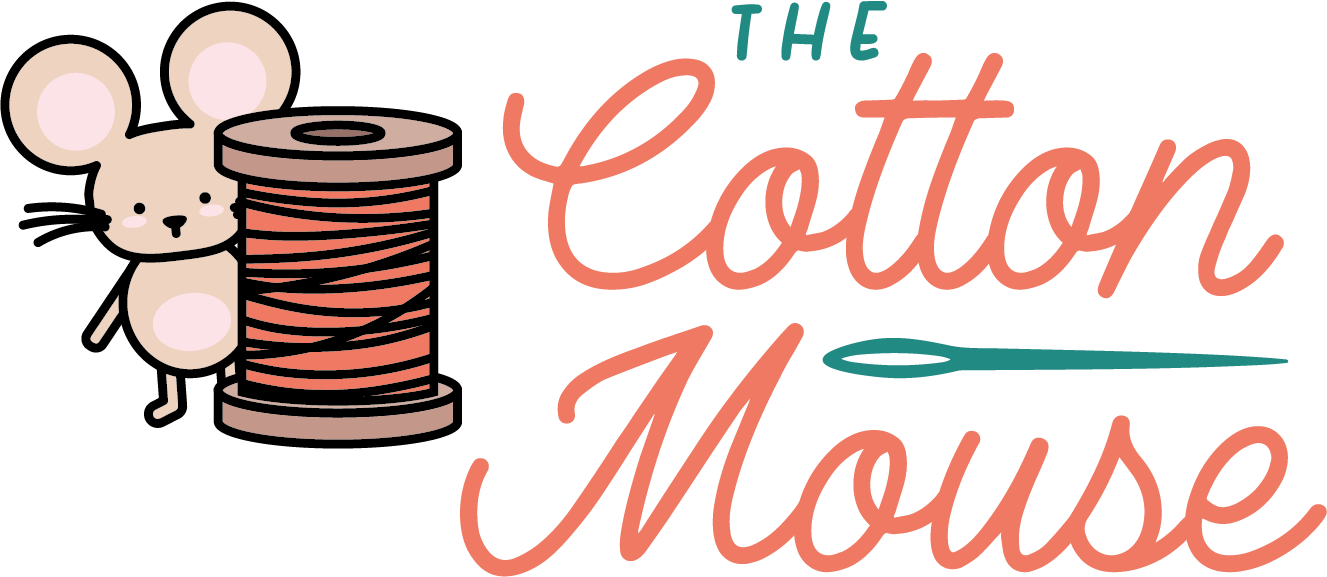Introduction
Jersey fabric is a popular knit fabric that is commonly used for t-shirts, dresses, and other comfortable garments. Once mastered, sewing with jersey can open up a whole new world of possibilities for what to make. Sewing with jersey fabric can be challenging, especially for beginners, but with a little guidance and patience it will become second nature. This blog post will provide tips and techniques to help you sew with jersey fabric and achieve professional-looking results.
Choosing the Right Needle
One of the most important things to consider when sewing with jersey fabric is choosing the right needle. A ballpoint needle is best for sewing with jersey fabric because it has a rounded tip that slides between the fabric fibers rather than piercing them. This helps prevent the fabric from getting snagged or damaged during the sewing process. It's also important to choose the right size needle. A size 70/10 or 80/12 ballpoint needle is suitable for most jersey fabrics. Just remember to switch your needle back to standard once you’ve finished your stretch project to avoid getting muddled.

Stitch Selection and Tension
Another important factor to consider when sewing with jersey fabric is stitch selection and tension. A stretch stitch or zigzag stitch is ideal for sewing with jersey fabric because it allows the fabric to stretch without breaking the stitches. A straight stitch can be used as well, but it's important to adjust the tension so that the stitches don't pucker or break when the fabric stretches. I would always recommend to test the stitches and tension on a scrap piece of fabric before sewing the actual garment. My personal preference would be to go with a slight zigzag.

Handling and Cutting the Fabric
Jersey fabric can be tricky to handle and cut because it's stretchy and can easily shift out of place. To prevent this, it's recommended to use pins sparingly and to avoid stretching the fabric while cutting. Just like with the machine needles you’ll want to use ball point pins on your jersey. It's also a good idea to use a rotary cutter rather than scissors to cut the fabric. This will help prevent the fabric from getting distorted or stretched out of shape. That beings said, don't worry if you haven't the space or budget for a rotary cutting mat, a good sharp pair of dressmaking scissors will do a great job.
Conclusion
Sewing with jersey fabric requires a bit more care and attention than sewing with other fabrics, but with the right tools and techniques, it's definitely possible to achieve great results. By choosing the right needle, stitch selection and tension, and handling and cutting the fabric carefully, you can create comfortable and stylish garments that will last for years to come.
Take a look at our in-house jersey collection here (Floraline is a personal favourite!)

